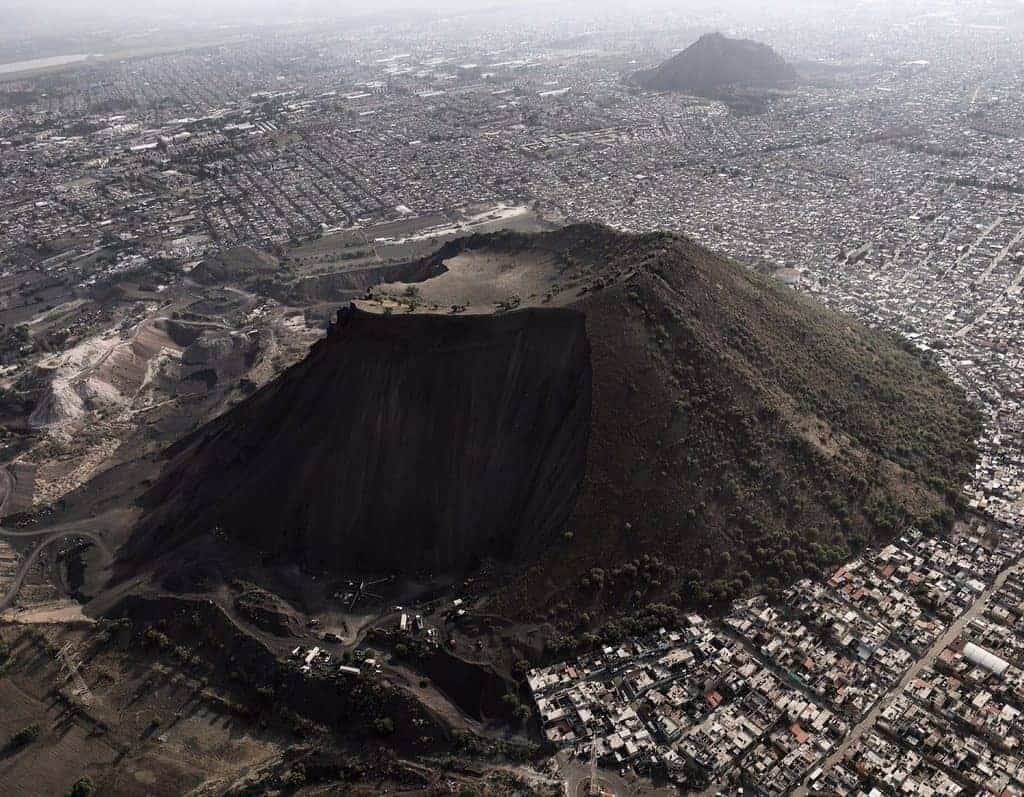Within the expansive reach of Mexico City, Tlalpan stands out as a bastion of history, culture, and tradition. Its vast area of 312 square kilometers is a treasure trove of ancient secrets that, although not widely known, are undeniably an integral part of Mexico’s pre-Hispanic heritage.
From Cuicuilco to Ajusco: The Pre-Hispanic Wonders of Tlalpan
Despite the encroachments of modernity, Tlalpan has withstood the test of time, preserving archaeological remnants of immeasurable value.
Settlements at Cuicuilco, Tenantongo, Peña Pobre, Ajusco, Fuentes Brotantes, Topilejo, and Nopalera unveil stories of foundations, civic-ceremonial structures, mounds, and, of course, the iconic circular pyramid of Cuicuilco.
Cuicuilco: The Genesis
Cuicuilco is not merely one of Mexico City’s best-known archaeological zones but also among its oldest. Dating back to the Preclassic period (800-150 B.C.), this gem was unearthed by Manuel Gamio in 1922 and marks the earliest recorded human settlement in the Valley of Mexico.
Its significance lies not only in its antiquity but also in its monumental structures. The Great Circular Base, an awe-inspiring architectural feat with a diameter of 110 meters and height of 25 meters, stands as a testament to Mesoamerican grandeur.
It is, without a doubt, a marvel constructed with andesite blocks weighing over 30 kilograms each.
Furthermore, Cuicuilco conceals other mysteries like the Kiva, a small ceremonial structure discovered in 1923, believed to have been built towards the end of the Preclassic period. Its interior, adorned with linear red designs, represents one of the earliest examples of mural painting in Mesoamerica.
Other Archaeological Narratives of Tlalpan
Yet Cuicuilco does not stand alone. Venturing closer to the Tlalpan Forest, we encounter the pyramid of Tenantongo. Its features and nearby materials reveal its connection to Cuicuilco.
Moreover, remnants of an altar and weathered petroglyphs narrate tales from a bygone era.
In the heart of Tlalpan, within the courtyard of the Pontifical University, lies another circular structure, taking us back to the Preclassic period and the rich history this region harbors.
The higher elevations of Tlalpan also have their stories. During the Postclassic period (950 A.D.), these areas served as settlements and agricultural activity zones. Ajusco, for instance, is home to various sites like Ehecacalco and Cuahutepetl, revealing evidence of both colonial and pre-Hispanic times.
The Silent Guardians of Tlalpan
Tlalpan also safeguards less-known yet equally significant marvels. In the village of San Miguel Ajusco, pre-Hispanic remains speak of the Tequipa pyramid, while in Santo Tomás Ajusco, a carved cubic stone offers clues about ancient religious practices.
Tlalpan: Where Pre-Hispanic History and Modernity Coexist
Tlalpan transcends its role as a mere borough of Mexico City; it serves as a bridge to the past, a reminder of the great civilizations that once thrived on this land. Every stone, mound, and petroglyph invites us to explore, learn, and appreciate our rich cultural heritage.
In a world where modernity progresses rapidly, it’s essential to remember and preserve our origins. Tlalpan offers us this chance, showing that history and tradition can coexist in perfect harmony with the present.
I encourage everyone interested in Mexico’s rich history to visit Tlalpan and immerse themselves in its stories, allowing the past to come alive before their eyes and deepen their understanding of the pre-Hispanic legacy we all, as Mexicans, carry in our hearts.





